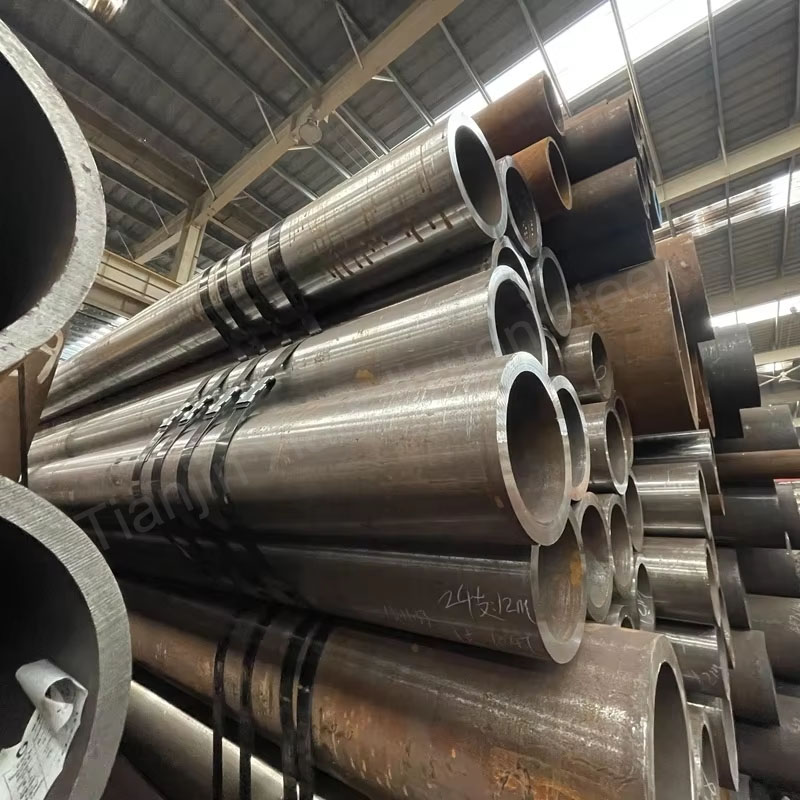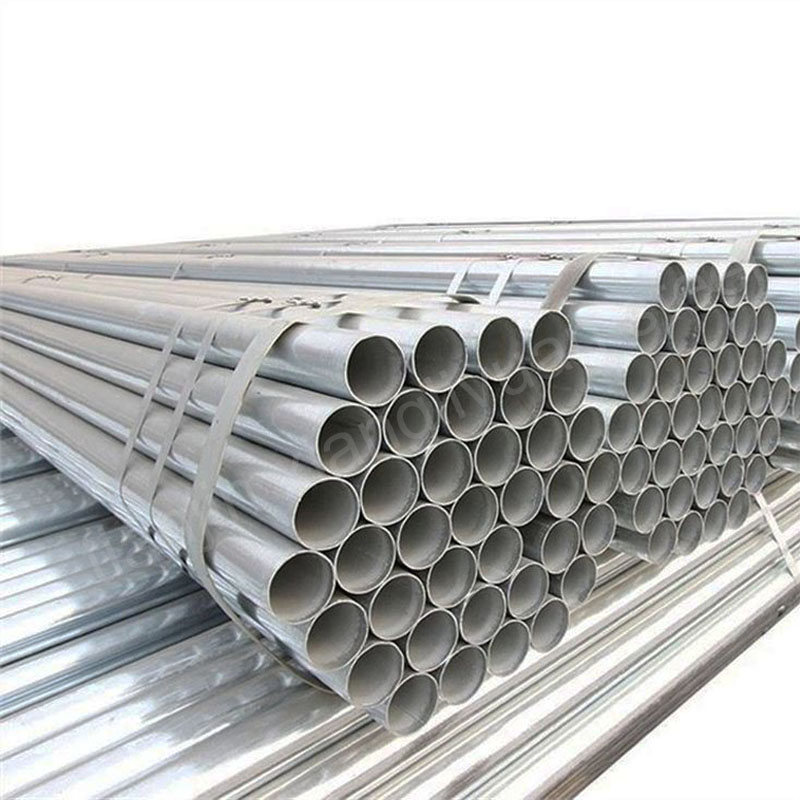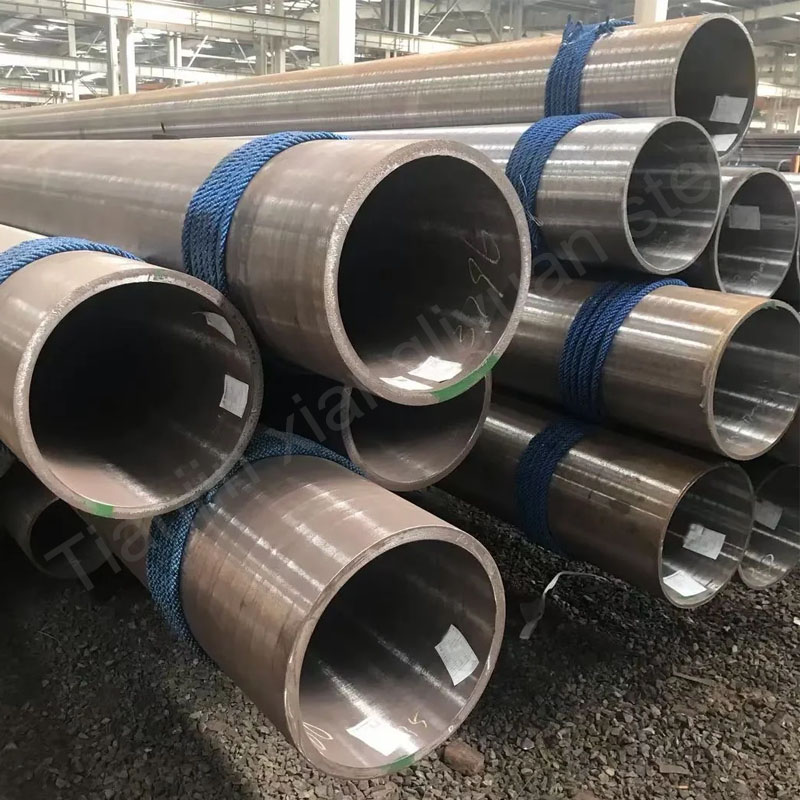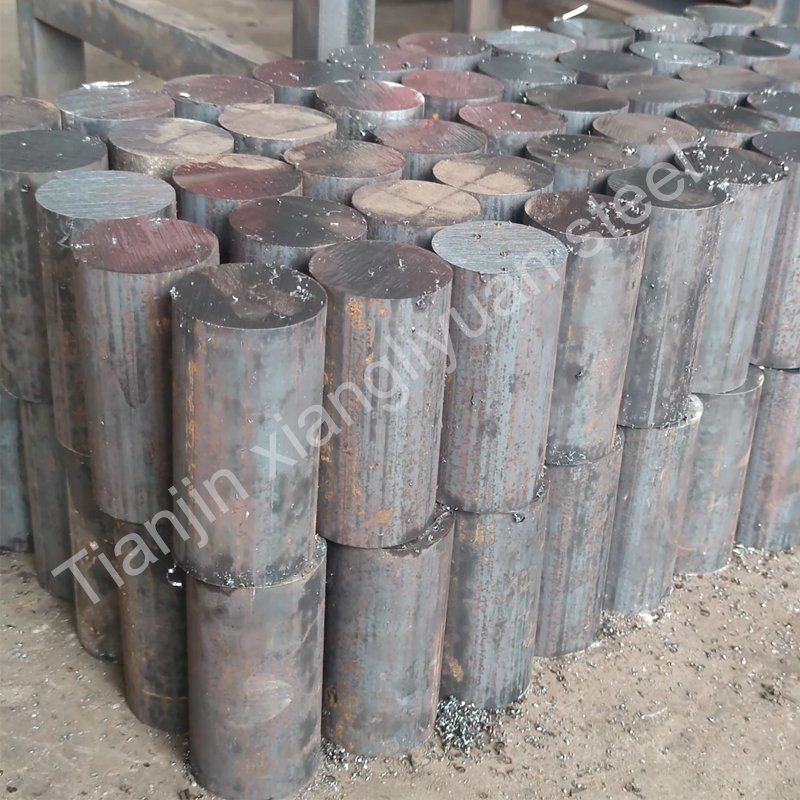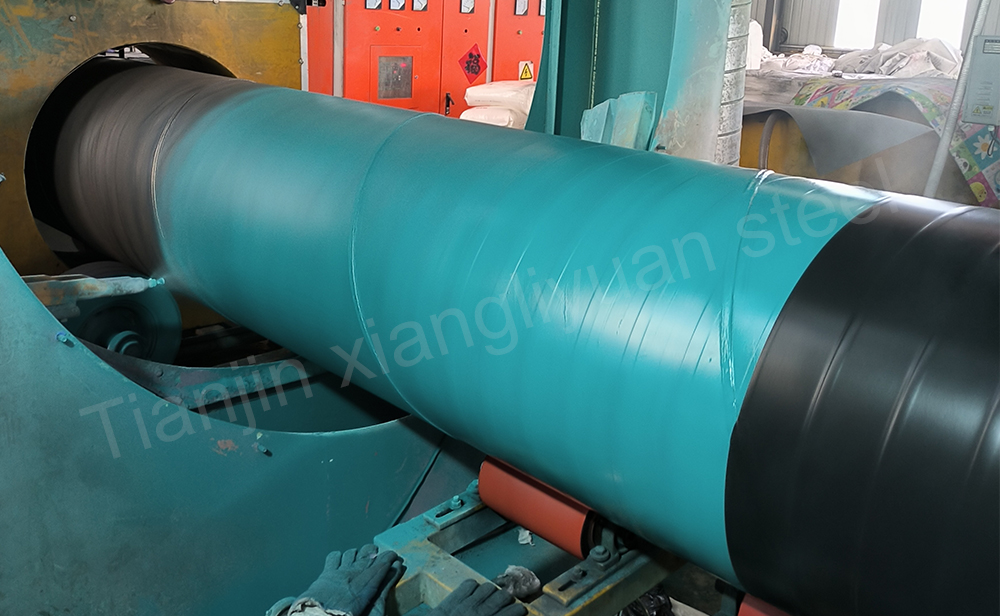In the production process of carbon steel pipes, hot rolling and cold drawing are two common processes. There are significant differences between the two in production process, product performance and applicable occasions, and each has its own advantages and disadvantages and application fields.
1. Hot rolled carbon steel pipe
1. Process flow
Hot rolled carbon steel pipe is made by heating the steel billet to a high temperature (usually between 900-1200°C), and then rolling and forming it with a rolling mill. The hot rolling process makes the steel structure more compact through plastic deformation at high temperature.
2. Characteristics and advantages
Forming at high temperature: Steel has low deformation resistance at high temperature, and it is easy to process steel pipes with complex cross-sections or large sizes.
Uniform performance: Due to the recrystallization of the metal inside the hot rolling process, casting defects and pores are eliminated, and the steel structure is dense and the performance is uniform.
Low cost: The hot rolling process is efficient and suitable for mass production, so the cost is relatively low.
3. Applicable occasions
Hot rolled carbon steel pipes are often used in occasions with low requirements for surface finish but high requirements for strength, toughness and other properties. For example:
Construction industry: such as steel structures, bridges, and large factory building supports.
Pipeline transportation: pipelines for transporting fluids such as oil and natural gas.
Machinery manufacturing: high-strength parts in heavy machinery.
2. Cold-drawn carbon steel pipe
1. Process flow
Cold-drawn carbon steel pipe is to apply tension to the steel pipe through a drawing die at room temperature to make it plastically deformed and reach the required size. No heating is required during the cold drawing process, but the material may require intermediate annealing to restore its plasticity after multiple drawing.
2. Characteristics and advantages
High dimensional accuracy: The cold drawing process can achieve strict dimensional control, the diameter and wall thickness errors of the steel pipe are small, and the surface is smoother.
Excellent mechanical properties: After cold processing, the hardness and strength of the material are significantly improved, which is particularly suitable for manufacturing high-precision parts.
Good surface quality: The surface of the cold-drawn steel pipe is smooth and can be used directly without further processing.
3. Applicable occasions
Cold-drawn carbon steel pipes are mainly used in occasions with high requirements for dimensional accuracy and surface quality, such as:
Precision instrument manufacturing: precision steel pipes for hydraulic systems and pneumatic systems.
Automotive industry: used to manufacture precision parts such as bushings and drive shafts.
Home appliance industry: such as radiator pipes and condenser pipes.
Hot-rolled carbon steel pipes are suitable for occasions that do not require high dimensional accuracy and surface quality but require high strength and toughness. They have simple processes and low costs and are widely used in construction, machinery manufacturing and other fields.
Cold-drawn carbon steel pipes are suitable for occasions that require high precision and high surface finish, such as hydraulics, automobile manufacturing, etc. Although the cost is high, its superior performance can meet specific industrial needs.

